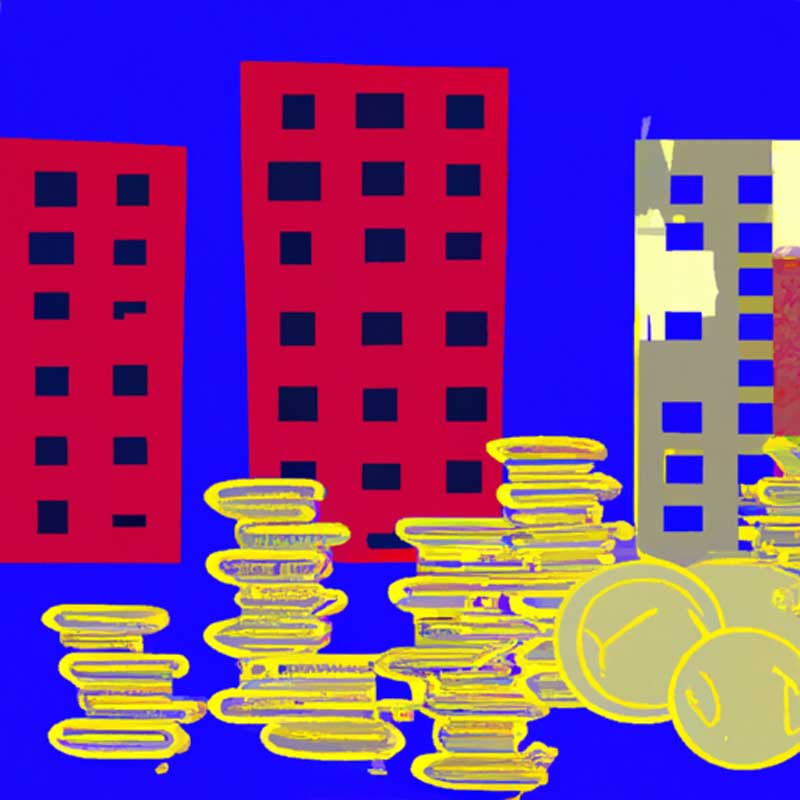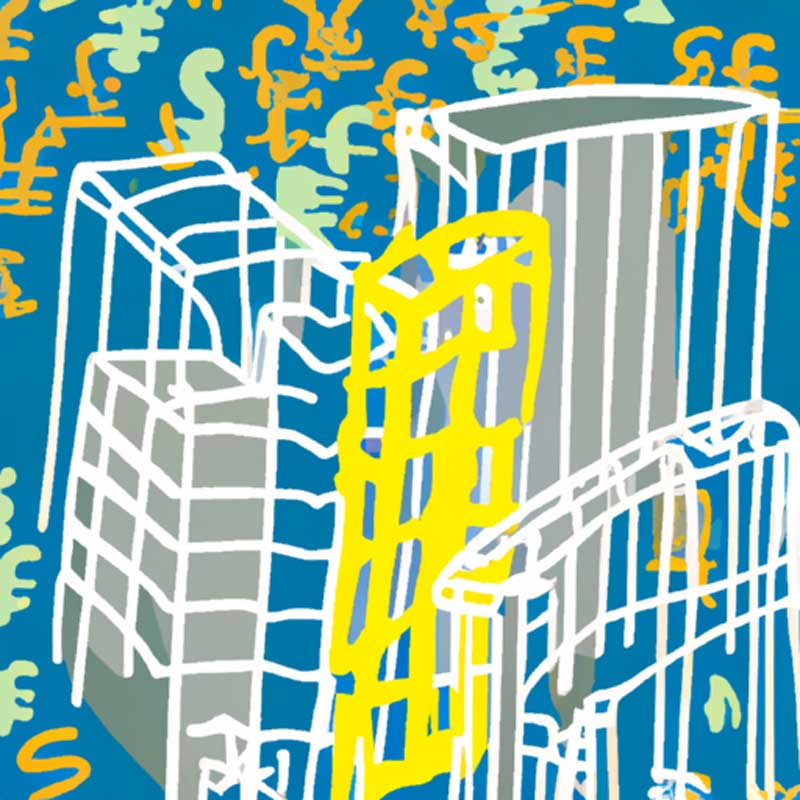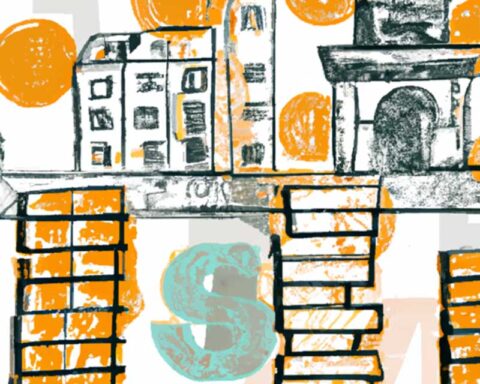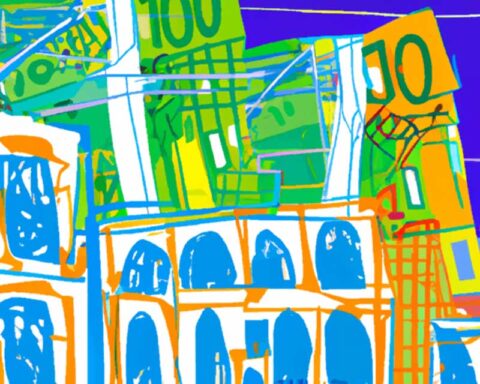The commercial mortgage market has a different structure to the residential market, which is key to understanding why commercial mortgage rates remain high. In the residential market, there is a diverse range of lenders with various funding sources, including building societies, non-bank lenders, challenger banks, and large banks. This variety of funding sources allows for competition and keeps mortgage rates down. However, the commercial mortgage market is dominated by challenger banks that have similar funding profiles. These banks rely more heavily on savings for funding and cannot tap into wholesale markets in the same way as large banks. This makes them less affected by changes in swap rates and means they have to keep their rates higher to protect their margins.
In addition to the funding structure, the commercial mortgage market also faces the challenge of higher risk-weighted capital costs. This means that the cost of capital for commercial mortgages is higher, which contributes to higher interest rates. Many borrowers are reluctant to commit to commercial mortgages with rates around 8-9%, especially when they see rates falling in the residential market. This hesitation from borrowers is slowing down lending volumes in the commercial mortgage sector.
In order for commercial mortgage rates to come down, interest rates need to fall. This would lead to lower savings rates and cheaper funding for challenger banks, which could result in lower commercial mortgage rates. Some predictions suggest that interest rates may start to fall by next summer, which could increase activity in the commercial mortgage market. However, it is difficult to predict exactly when and if this will happen. Until then, commercial mortgage rates are likely to remain high compared to residential mortgage rates.









